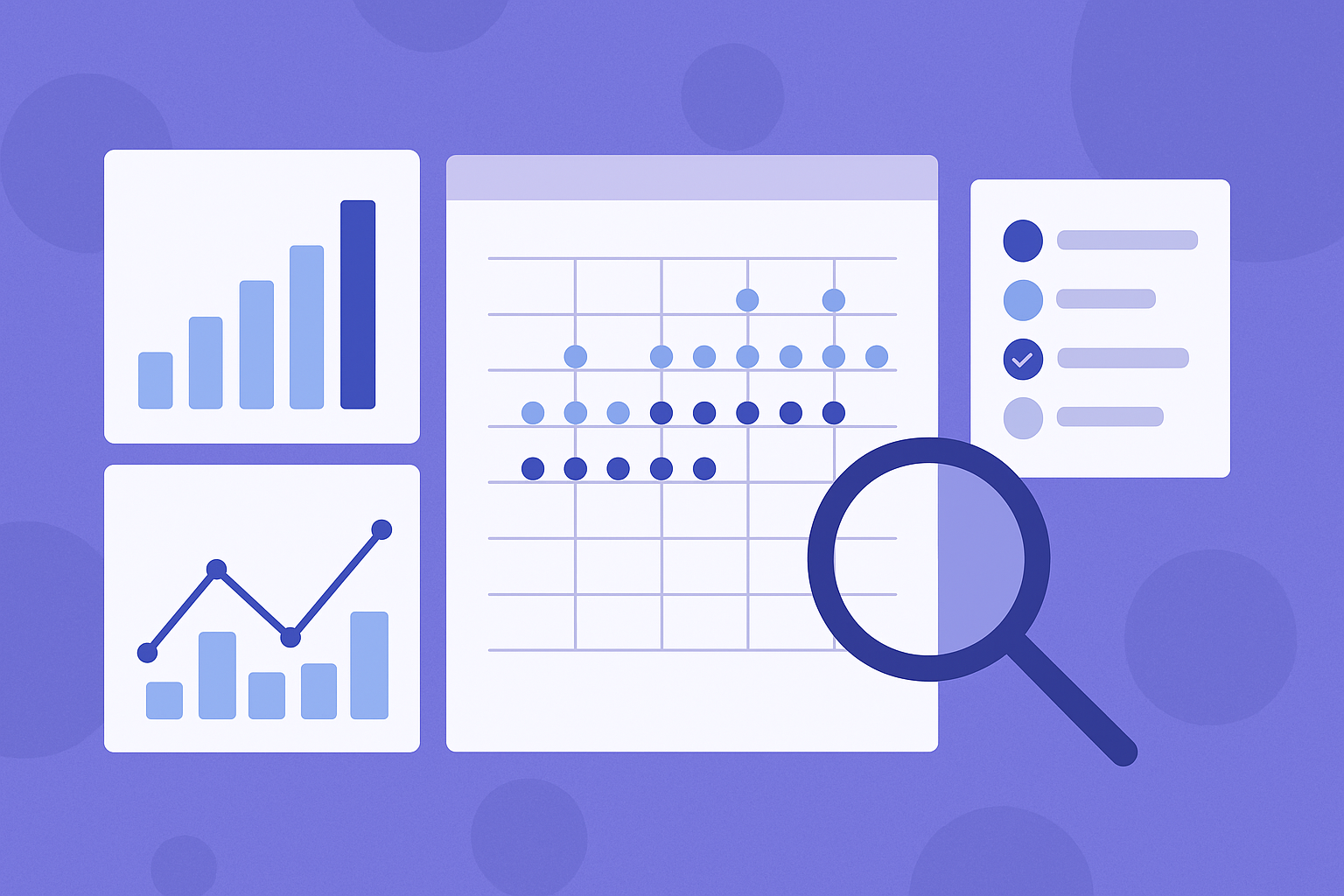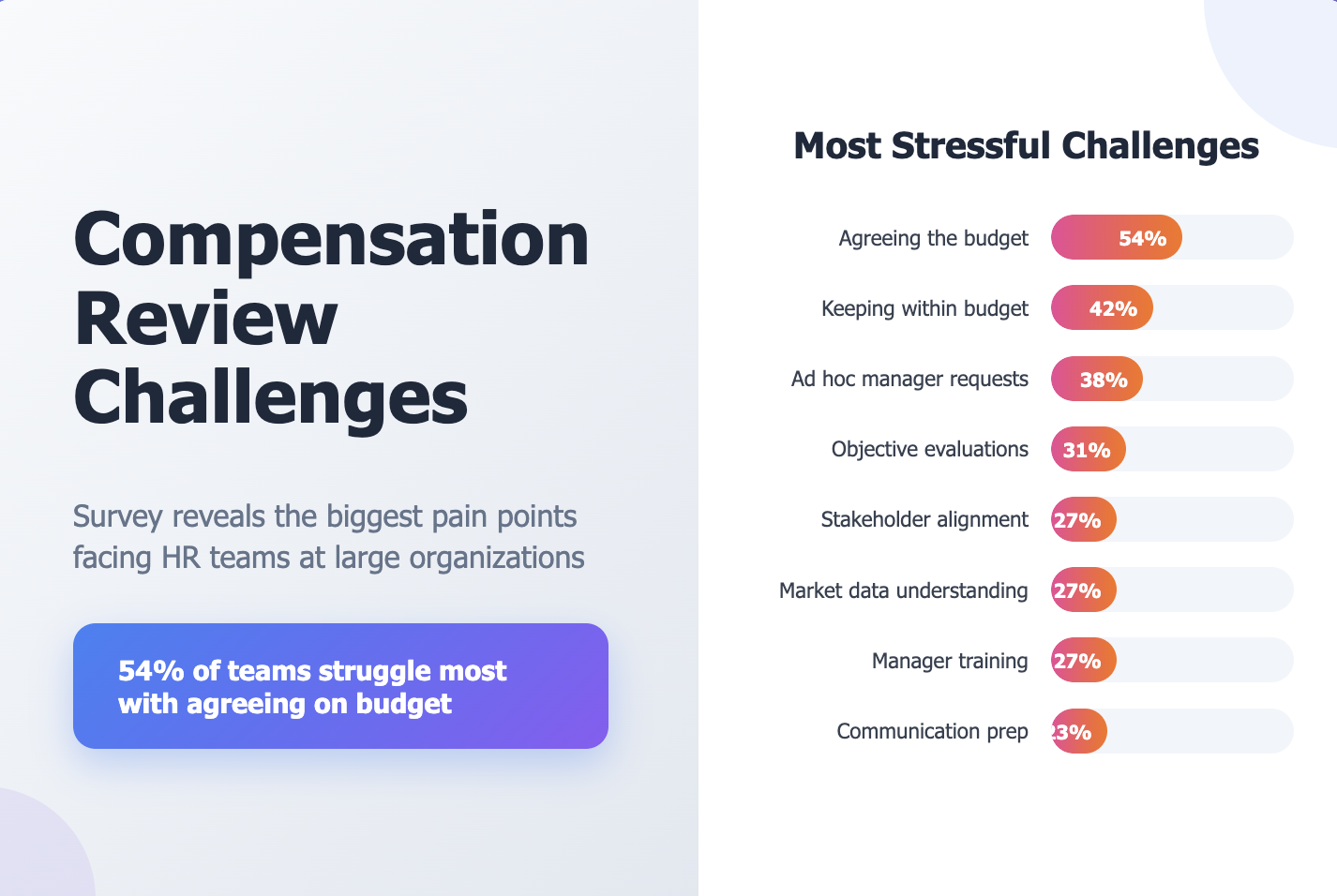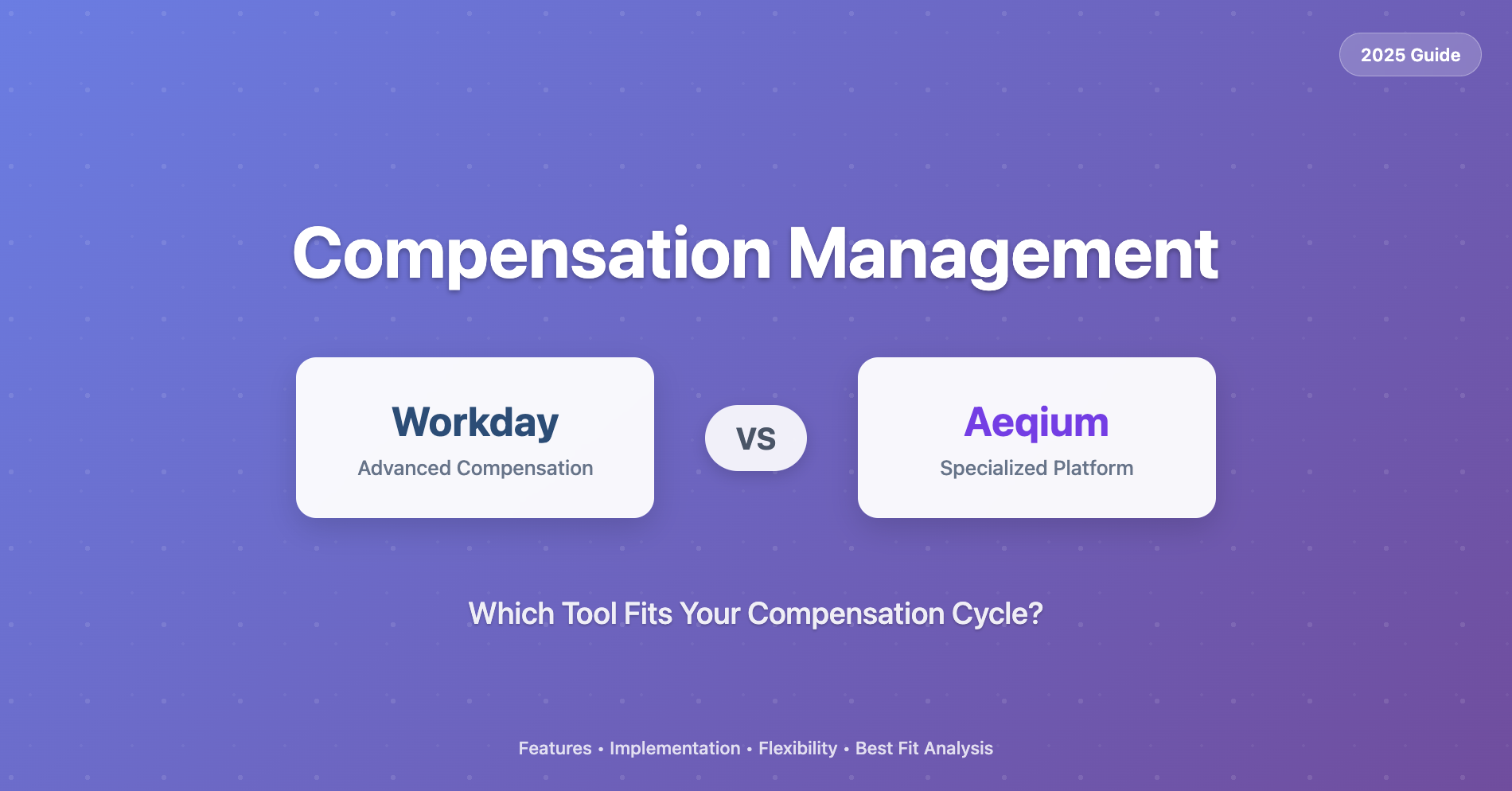Best Tools for Making Compensation Decisions Based on Data

Making fair, competitive pay decisions requires more than simply having salary benchmarks. You need tools that can help you gather, analyze, and apply data effectively so your compensation decisions are backed by insight rather than guesswork.
In recent years, many compensation platforms have started bundling salary benchmark data into their software. At first glance, this might seem like a convenience. However, as our CEO points out, it is similar to buying photo editing software that comes with a camera. Sure, they are related, but you likely already have a camera you prefer. The odds that the company making the best software also makes the best camera are slim.
Benchmark data is highly industry and geography specific. The best dataset for financial services will not be the same as the best dataset for life sciences or manufacturing. Bundled data is rarely truly free, and it often means you are paying for it indirectly. It can also require sharing sensitive compensation information, which adds risk without much benefit.
The better approach is to select the benchmark data that works best for you, then choose tools that make it faster and easier to analyze that data. Below is a list of five tools that can help compensation leaders make better, data-driven decisions. Each entry notes whether the tool is data agnostic or tied to a specific data source.
1. Aeqium: Best for Fast, Data-Agnostic Compensation Planning
Data agnostic: Yes
Aeqium allows you to use any data source you prefer, making it ideal for organizations that already have their benchmark datasets.
Key features:
- Calibration tool for identifying outliers and exceptions in comp changes
- AI-powered reporting for instant, custom analysis
- Pay equity analysis to detect gender or demographic pay gaps
2. Visier: Best for Workforce Analytics at Scale
Data agnostic: Partially
Visier integrates multiple data sources but also relies on prebuilt models and structures.
Key features:
- Cross-organization pay equity and diversity analysis
- Headcount and workforce segmentation
- Predictive modeling for future workforce needs
3. Tableau: Best for Custom Visualization Across Any Data
Data agnostic: Yes
Tableau is a leading business intelligence tool that connects to almost any data source, including HRIS and compensation datasets.
Key features:
- Fully customizable dashboards
- Ability to blend multiple data sources for deeper analysis
- Strong visual storytelling for executive presentations
4. PayScale Insight Lab: Best for Market Pricing and Pay Equity
Data agnostic: No
PayScale Insight Lab is built around PayScale’s proprietary market data, making it most effective for organizations that want both data and analytics from a single vendor.
Key features:
- Market pricing and pay range modeling
- Pay equity analysis based on PayScale survey data
- Integration with internal HRIS data for comparisons
5. Power BI: Best for Microsoft-Centric Organizations
Data agnostic: Yes
Power BI connects with a wide range of data sources and integrates seamlessly with Microsoft Excel, Azure, and other business tools.
Key features:
- Centralizes multiple data sources into interactive dashboards
- Automation and scheduling capabilities for recurring reports
- Flexible role-based access for secure sharing
Bottom Line
The best tools for making compensation decisions based on data are those that help you analyze your information efficiently and present it in ways that lead to fair, defensible decisions. Data-agnostic tools like Aeqium, Tableau, and Power BI give you the flexibility to work with your preferred benchmark datasets. Platforms like PayScale and Visier combine data and analytics in one place for those who prefer a bundled approach.
Either way, the right tool should save time, improve accuracy, and give you confidence that your pay decisions are both competitive and equitable.




